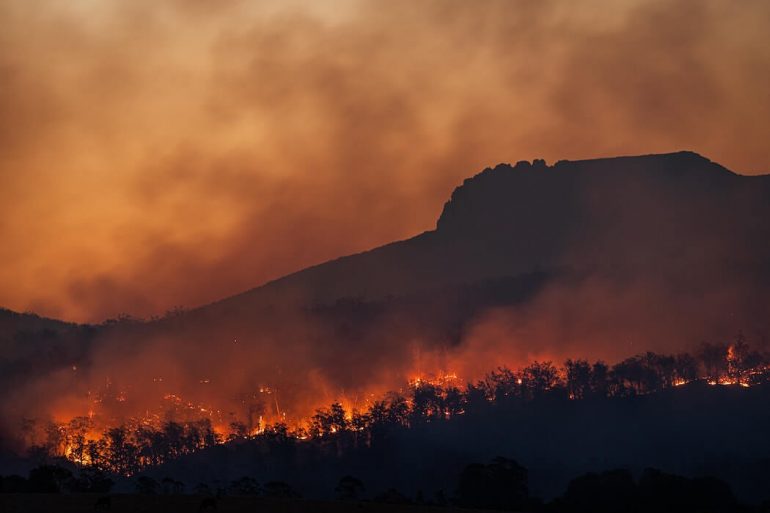As wildland fires become a yearly threat across Canada, and the resulting smoke inconveniences our southern neighbours, the federal government has established the Wildfire Resilience Consortium of Canada (WRCC) to serve as a virtual hub for wildfire innovation and knowledge exchange.
Energy Minister Tim Hodgson and Emergency Management Minister Eleanor Olszewski announced the “national centre of excellence” last week alongside an investment of $11.7 million over four years.
Natural Resources Canada predicts that wildfire activity will increase and persist to “well-above-average conditions” over much of western Canada this year.
WRCC is funded through the federal government’s Wildfire Resilient Futures Initiative, a five-year, $285-million program under Natural Resources Canada (NRCan).
Following an NRCan call for applications last year, the WRCC formed as a non-profit organization headed by FPInnovations, The Institute for Catastrophic Loss Reduction, The National Indigenous Fire Safety Council, Thompson Rivers University Wildfire, and the Forest Products Association of Canada.
The government said the WRCC will bring together international governments of all levels, impacted communities, the private sector, and experts to share knowledge, collaborate, and accelerate the use of science and technology in addressing wildfires.
“By integrating Indigenous fire stewardship, advanced technology and diverse knowledge-sharing systems from a place-based network to communities of practice, the WRCC aims to empower communities, academics, industries, organizations, individuals and others to work together toward transforming wildfire management in Canada,” WRCC board vice chair Glenn McGillivray said in a statement.
The WRCC is currently hiring six regional co-ordinators, one for each of Canada’s terrestrial ecozones. The organization says its approach includes showcasing new technologies, advocating for funding, and fostering international collaboration.
RELATED: The BetaKit Guide: Wildfire
The federal government said the WRCC will help advance objectives outlined in the Kananaskis Wildfire Charter, which G7 leaders agreed to last month in Alberta. The charter included a call to leverage research and technology to help respond to wildfires, as well as international collaboration on wildfire data collection and information sharing. Outside of the G7, the charter was also endorsed by the leaders of Australia, India, Mexico, South Africa, and South Korea.
Canada has a number of startups dedicated to using technology to fight wildfires, developing solutions ranging from treated wood products to autonomous water-carrying drones. While Canadian wildfire tech ventures have raised tens of millions of dollars over the past five years, many tend to remain grant-funded or bootstrapped.
In addition to existing blazes this year, Natural Resources Canada predicts that wildfire activity will increase and persist to “well-above-average conditions” over much of western Canada by August due to dry conditions, with the highest fire danger in southern British Columbia. According to Deep Sky Research, wildfires emitted the most carbon dioxide out of any Canadian source in 2023, double that of the oil and gas industry.
Feature image courtesy Matt Palmer via Unsplash.


